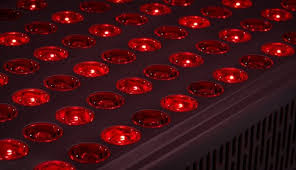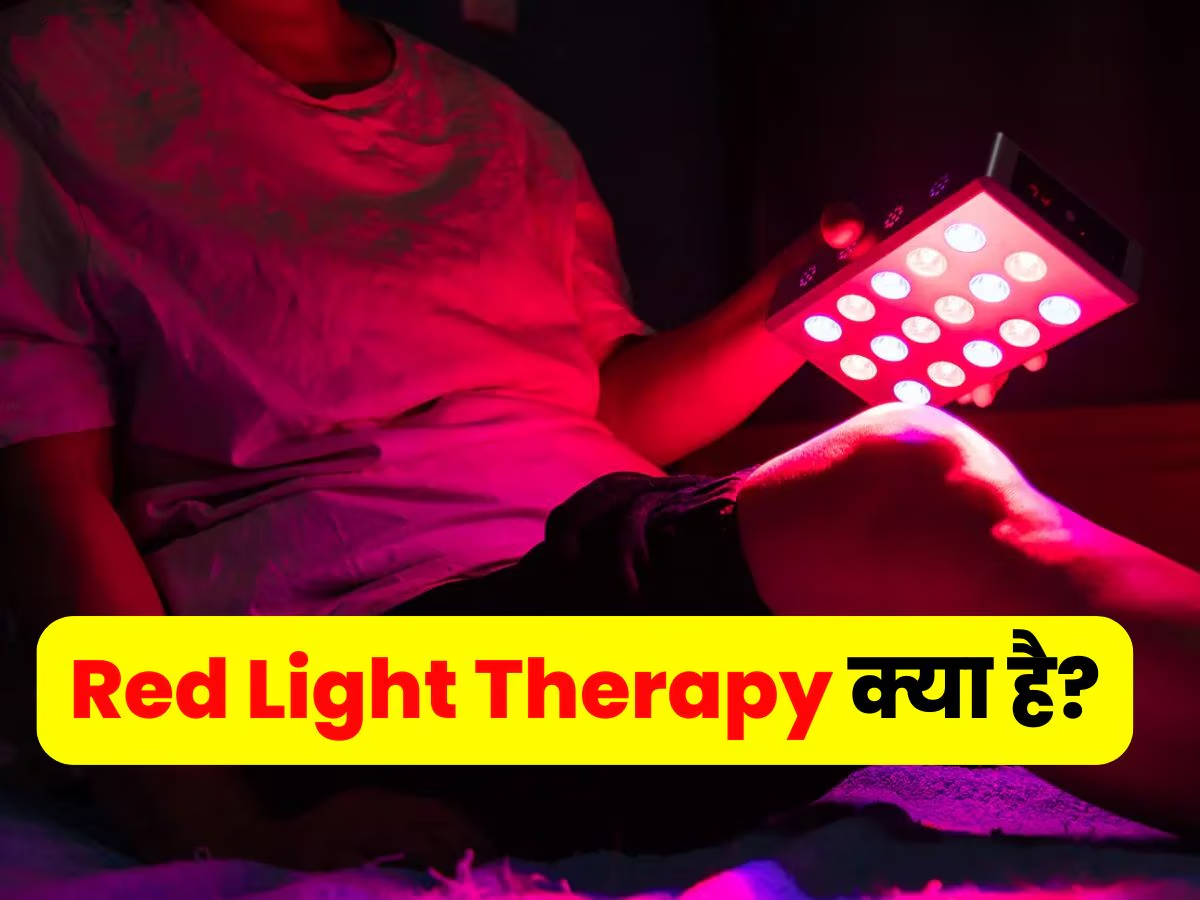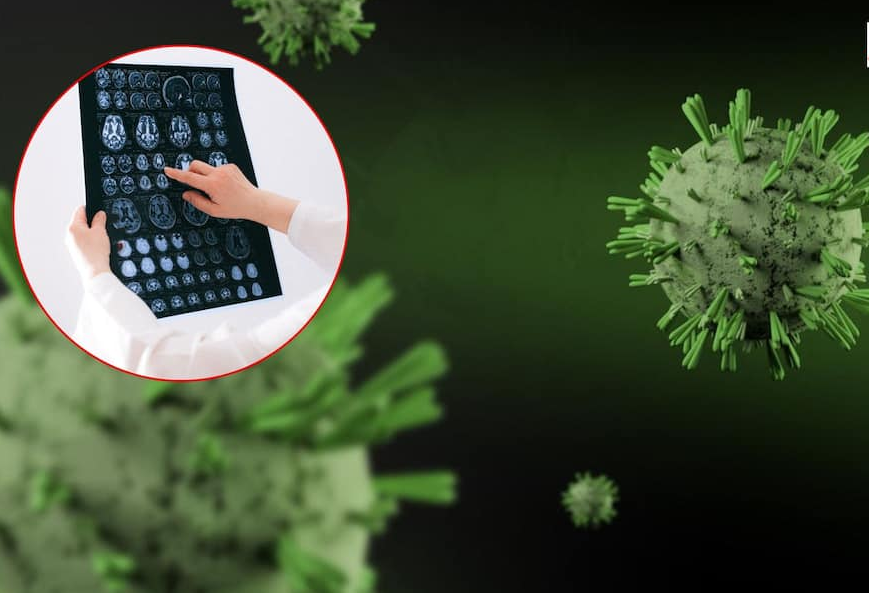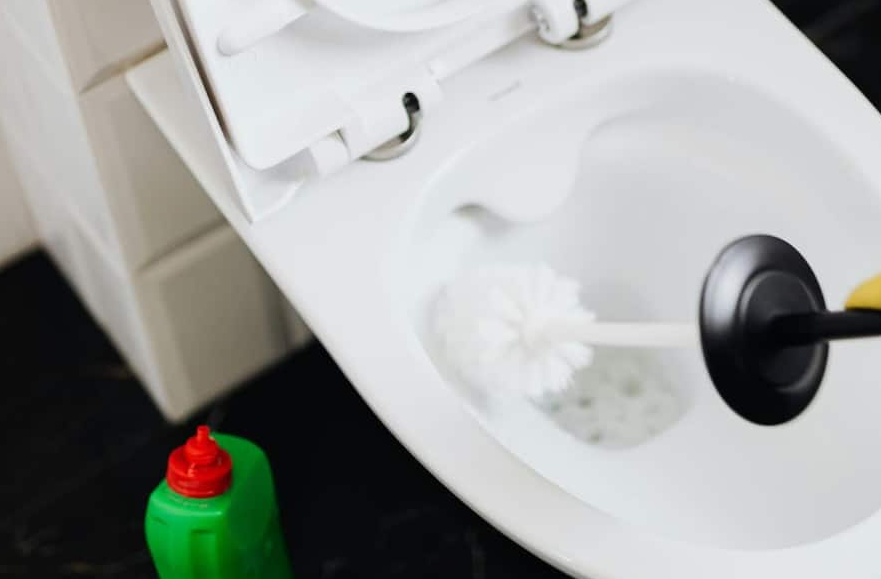Red light therapy is considered an effective treatment for many problems, but do you know how this treatment works and how it can prove beneficial for you?
- bySherya
- 27 Jan, 2025

Red light therapy is considered an effective treatment for many problems, but do you know how this treatment works and how it can prove beneficial for you?

What Is Red Light Therapy: Red light therapy is being increasingly adopted as a promising treatment for wrinkles, acne, psoriasis, scars and sun-damaged skin, and as a supportive therapy for some types of cancer. But does this therapy live up to the hype that portrays it as a near-panacea for all kinds of ailments?
What do doctors say?
Praveen Arany, professor of oral biology, biomedical engineering and surgery at the University of Buffalo, is an expert in the use of light and lasers for medical purposes. He explains how red light therapy works, for which diseases and conditions it may be most useful, and whether home devices for this therapy are effective.
What is red light therapy?
Treatment with red light therapy involves exposure to very low doses of red light in a hospital or clinic. It is also called low-power laser therapy, soft laser therapy, cold laser therapy, and non-thermal LED light therapy. The umbrella term is called photobiomodulation therapy, which includes other colors, or wavelengths, that have health benefits. These light wavelengths span from the red to the near-infrared spectrum. Red light is the most popular of the photobiomodulation therapies available for free. The main reason for this is its availability – the treatment has been around for more than three decades.
Other Color Light Therapies
While it's true that other colors are available medically and commercially, researchers are still studying them to determine how effective they actually are. That being said, green light therapy is commonly used to treat migraines, yellow light for depression, and blue light to kill resistant strains of bacteria, such as MRSA infections, and to treat seasonal affective disorder, a depression that typically begins in late fall and continues into winter.
How does red light therapy work?
In simple terms, red light stimulates the cells in your body, energizing them while also initiating blood flow to the affected areas. This, in turn, promotes healing, similar to how your body responds to a wound by forming a clot to heal it.
The treatment is simple and painless. The patient, either sitting comfortably or lying down, is exposed to the red light for 3 to 15 minutes. They may feel a warm sensation during the treatment, but it should not be uncomfortable or hot. The doctor will likely recommend eye protection.
How safe is this therapy?
When used correctly, red light therapy is very safe. Overdosing – staying under the light for too long or receiving treatment at too high a power – doesn't necessarily cause harm, but it can reduce or slow down the benefits.
However, just as some people are more prone to sunburn than others, some patients may be more sensitive to this light and may notice redness in the skin. Those patients should receive lower light treatment during treatment.
For which problems is it helpful?
Randomized, controlled clinical trials show that red light therapy can reduce pain, inflammation, and tissue damage. Because all of these things are prevalent in many diseases, photobiomodulation can be a powerful adjunct to treating a wide range of diseases.
One example is cancer. There is now strong evidence that red light therapy can reduce pain and inflammation caused by radiation, chemotherapy, and bone marrow stem cell transplants. Red light therapy has also reduced other complications from cancer treatment, including mouth ulcers, scarring, and fibrosis.
Other recent human clinical studies show that photobiomodulation helps heal diabetic and burn wounds, as well as some types of ulcers. However, these therapies should not replace good wound care treatments, such as disinfection. Photobiomodulation has also worked for patients with neck and back pain and tennis elbow.
Disclaimer: Dear reader, thank you for reading this news. This news has been written only to make you aware. We have taken the help of home remedies and general information in writing this. If you read anything related to your health anywhere, then definitely consult a doctor before adopting it.






